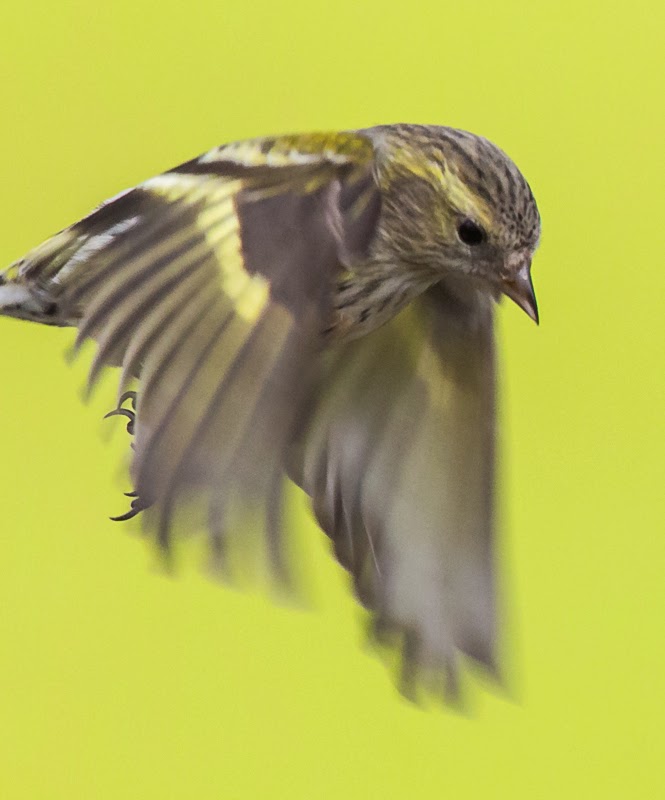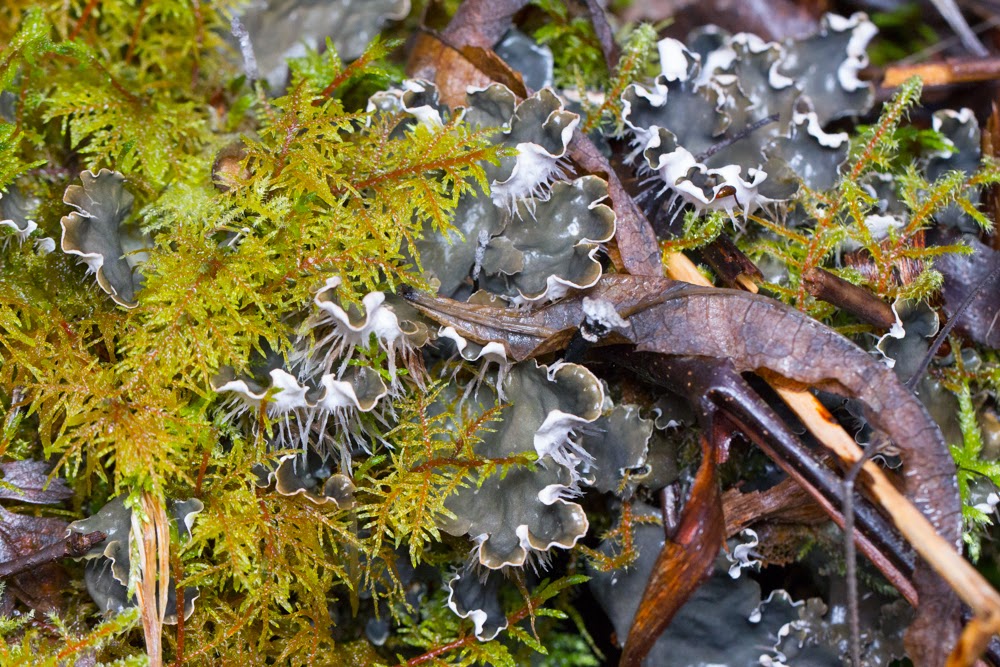The recent stonechat extravaganza continued, with sightings at my local nature reserve, Marton Mere. It's a good round trip of about 5-6 miles, depending on the route I take, and although I often go and see nothing of consequence, it's good to get out to the edge of the countryside (Blackpool being a strip of urban development along the coast means you're never very far from the fields). On the way, I found a massive patch of almost entirely purple crocuses, shining in the sunlight, so I took a lot of shots. It's hard to know quite how to photograph flowers like this, so I tend to do every variation I can think of, and check through them later.
No stonechats were on Lawson's marsh, a newish wetland where they'd been seen recently, so I carried on to the mere. Early blossom (blackthorn?) has started to open, really adding to the springlike atmosphere.
But no birds. As I got towards the northeasternmost corner, I got a text from my local wildlife guru David M, who had just arrived back where I'd come from. I returned, and we walked together, bumping into another local birdwatcher, who said he'd seen two male stonechats at the far end of the reserve, right on the edge of the countryside. We went there, and soon saw them - two small, bright birds, flitting up and down in the long grass. Sadly, they went to ground soon after we sat down, and that was the last we saw of them. I got just one shot, from a great distance, but it shows the wonderful adult male plumage of this species (the light was poor by this point, so it wouldn't have been a great photo opportunity anyway).

Then we went to see an owl. Long-eared owls regularly roost in the scrub north of the reserve, but their camouflage makes them all but invisible - even if you know where to look. Thankfully, David is a past master at this after years of practice, and he found the bird without too much difficulty. Once I knew where to point my lens, I could see it clearly too, and I took lots of shots - although it barely moved for the 15-20 minutes we were there, I was focusing manually (all those twigs and intervening brambles confuse the autofocus too much), and shooting at very long exposure times to make up for the low light (it was getting towards sunset by now, with lots of cloud). These shots needed 1/100sec exposure at ISO 1600-2500 (f/5.6, 700mm).



Two days later I got another text from David M, who had spotted a flock of common scoters (dark-coloured sea ducks, usually found too far offshore to photograph) fairly close to the Promenade, and suggested I go down to the southern end of town to check them out at high tide. Sadly, by the time I got there, they had floated away, but we spent a few minutes scanning the waters for anything of interest. In his scope, and my long lens, they could be seen, but were little more than black spots. We did see a seal eating a fish, accompanied by a flock of hungry gulls, but that was it.
However, walking back north, I had another go. Maybe the ducks had come closer again, or perhaps it was using all three of my teleconverters (devices that extend the focal length of a lens), but either way, I was able to get actual ID shots - the first time I've managed with this species. So that counts as a new one on my list (previous photos were too poor to be unambiguous). The following shots are very rough - but these birds were many hundreds of metres offshore. The first of these was taken at 1400mm, the rest at 2800mm, towards the upper limit possible for taking any kind of useable shot - at these focal lengths, softening tends to rob any detail gained by the extra focal length, and atmospheric distortion makes focusing very difficult, with contrast and saturation are greatly diminished. Still, you can see them - dark males with bright yellow bills, and two-tone females. This was all done by hand - I didn't even have a tripod, so had to use the seawall as a support (though some shots were taken fully handheld - hard work!).

One of the initial shots, uncropped. A single scoter at 1400mm. Virtually invisible.
A pair (female left, male right) in flight, with a third on the water.
Part of a flock of 20-30 birds. They often disappeared as they bobbed up and down, and intervening waves obscured them. To get any kind of attractive photograph of this species, I'd need to get at least a mile offshore, or go somewhere that they approach much more closely.
So nothing pretty, but it was still good to finally get some ID shots of a new species, however rough. Before I'd even got home, I received another text to say stonechats were back in the area - half a dozen on Lytham Moss, a few miles south, which boded well for the mere. I took a chance, as the weather was glorious. It would be a nice walk even if I saw nothing, and if I did, the light was perfect for getting good shots.
At first the birds were silhouetted; later I was able to get round the other side.
Almost as soon as I reached Lawson's Road wetland, I saw a stonechat, then a second. They were flitting as usual, but quite far off, between long grass and a line of low hawthorns. I spent some time edging as close as I could, but I only got some record shots again - they were simply too far, and without a tripod, I didn't want to risk manually focusing, so I stuck to 1000mm my current autofocus limit. They are pretty birds, and a pleasure to watch, but I do wish they had come closer. Perhaps if I'd waited longer.
It's amazing how tiny a branch, or even a single stem, will support a songbird. They must weigh next to nothing.
I walked all the way to the far end of the mere again, but there were no more of them. In the fields, fieldfares, pheasant, geese, and across the whole area, male reed buntings were perched on shrubs. I returned in the hope that the first two stonechats had moved closer to the path, but they were nowhere to be seen. But then, I noticed a pale bird gliding low over the marsh, and immediately realised it was a barn owl.
It flew off, but then returned, and spent a few minutes circling, landing, and retracing its path. Two of these are seen regularly in a roost box at the eastern end of the mere, so this was not such a surprise, but I really never thought I'd see one hunting. I was still far away, and the autofocus is not really up to tracking birds in flight at 1000mm, but these shots are still by far the best I've had of this species - it helped that the light was perfect again, the last golden sunlight at the end of the day.
In the final panel above, a reed bunting is perched on the foreground shrub - it was not happy about the owl, and flew off immediately after this.
 And finally a heron. Good light can do wonders for even the most mundane of birds.
And finally a heron. Good light can do wonders for even the most mundane of birds.
























































